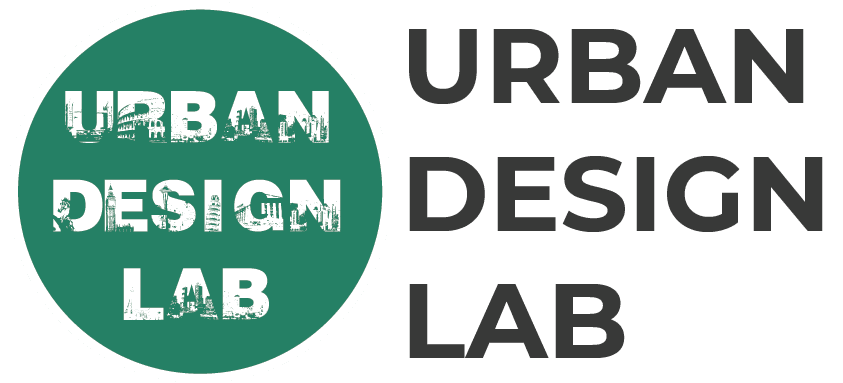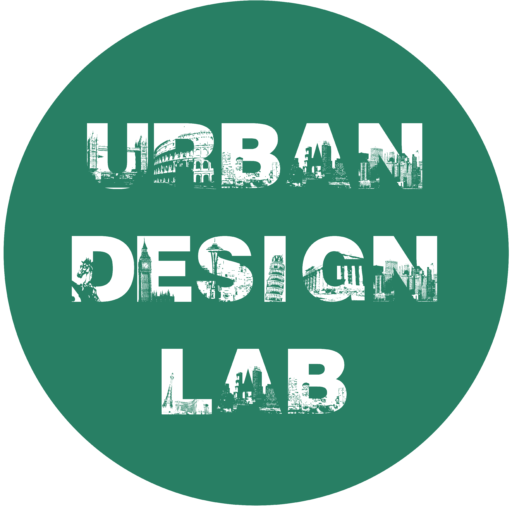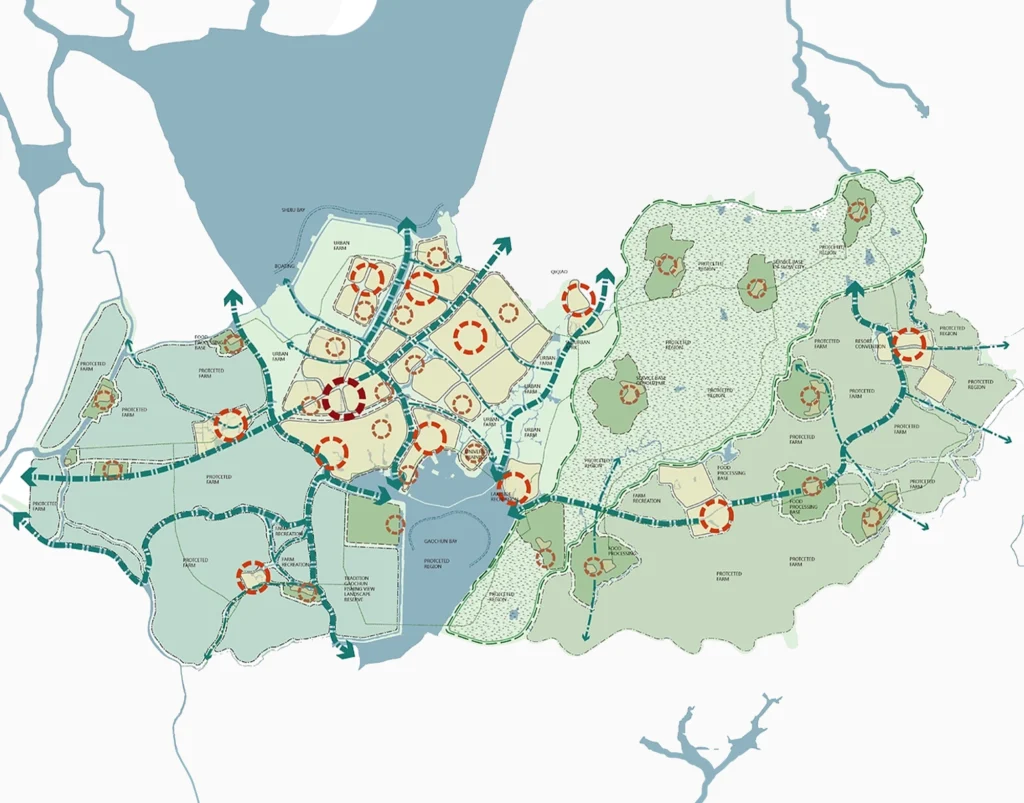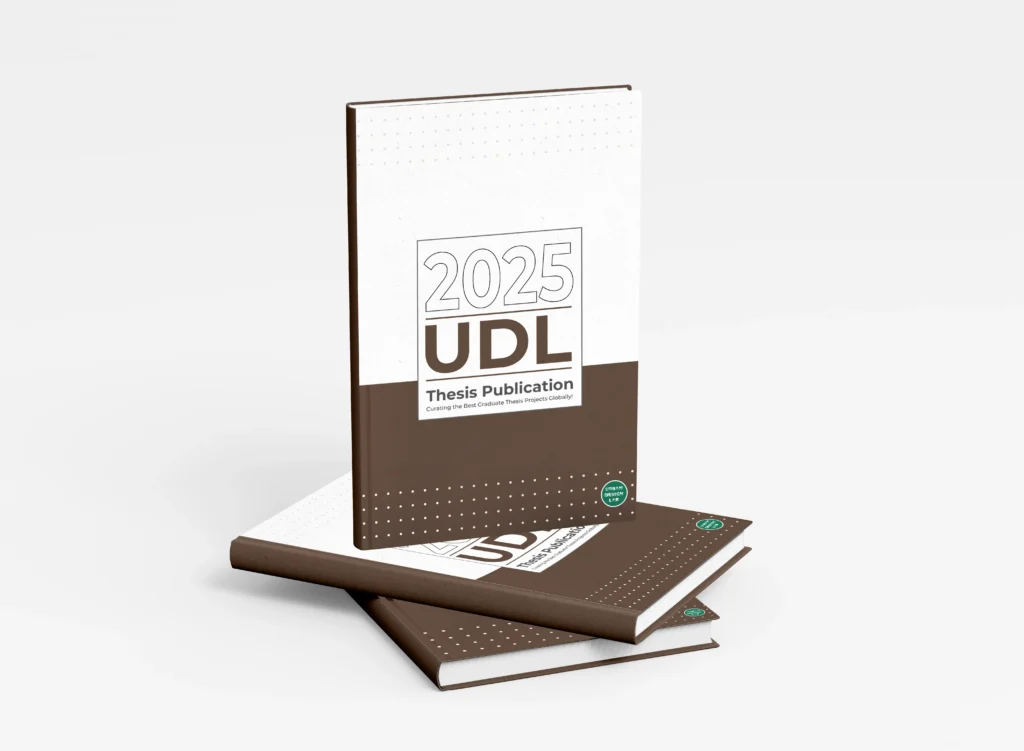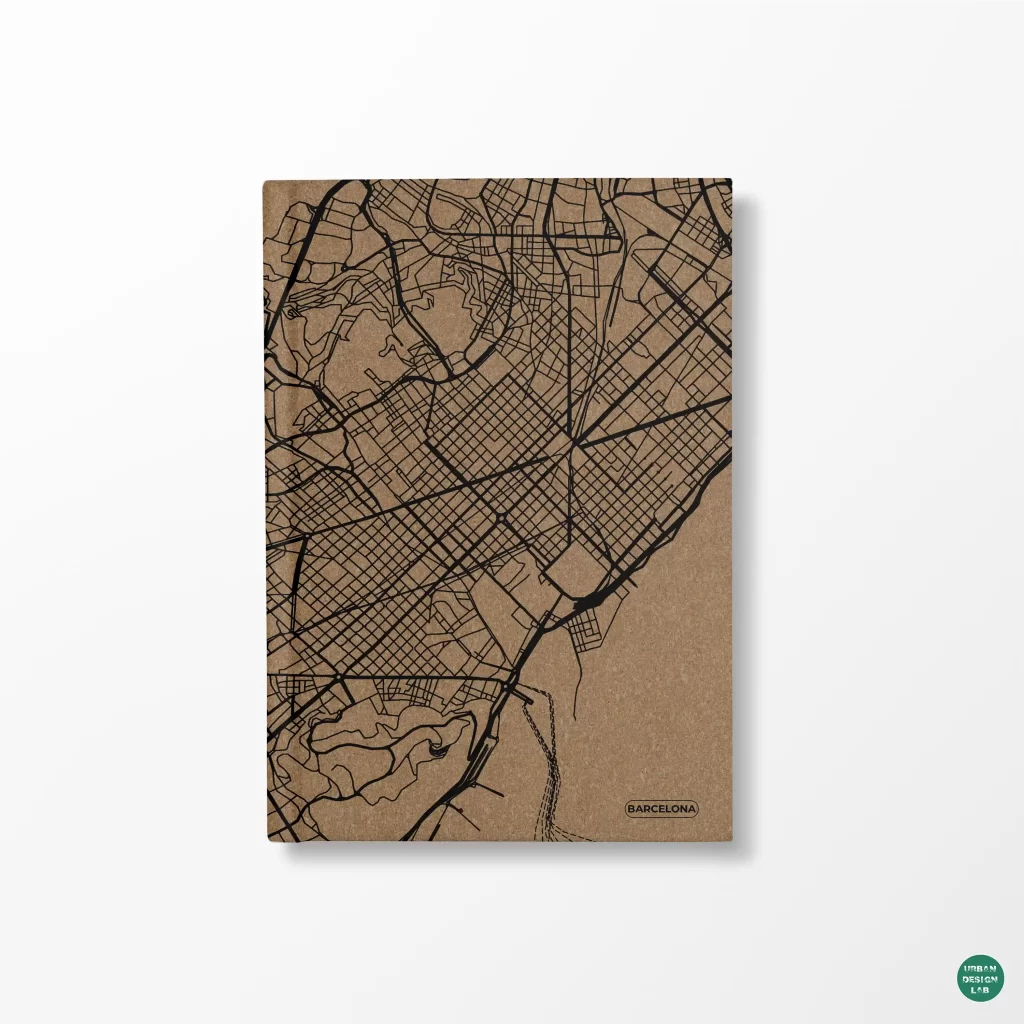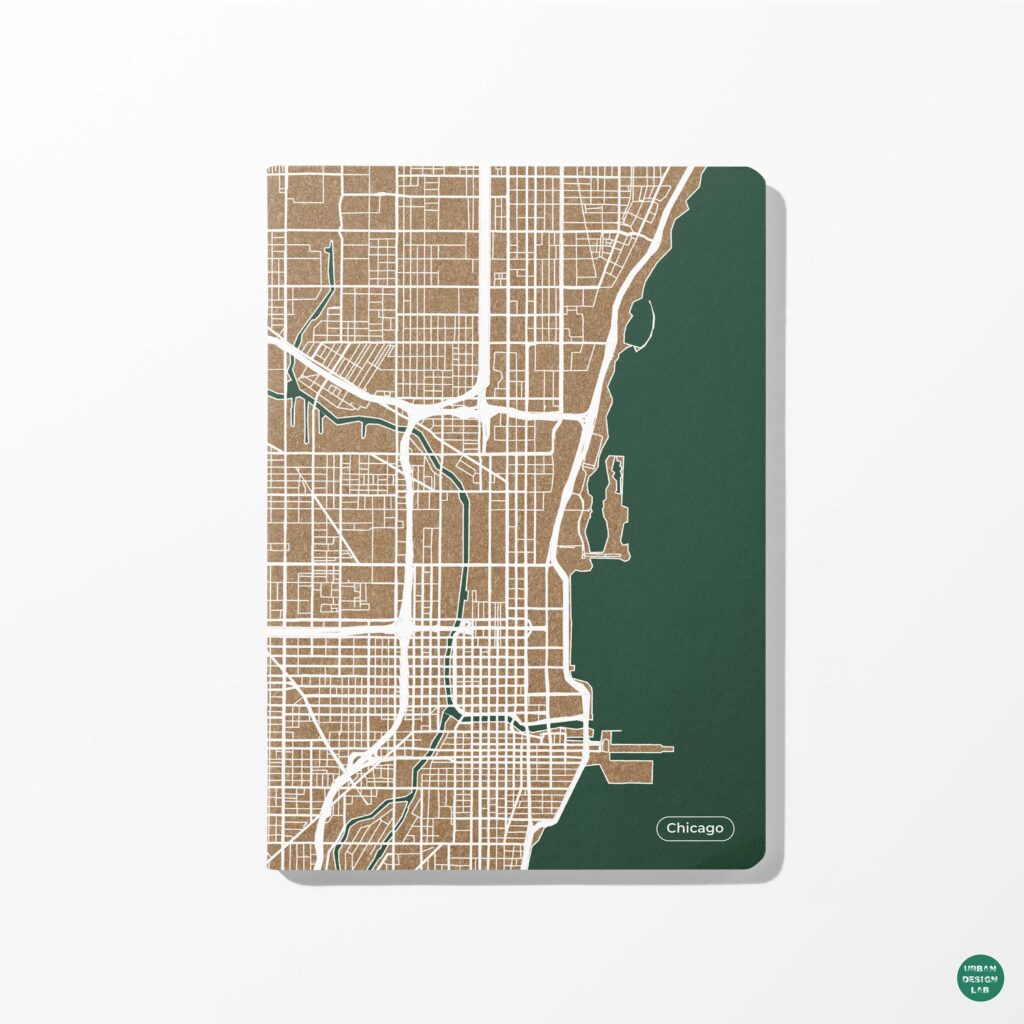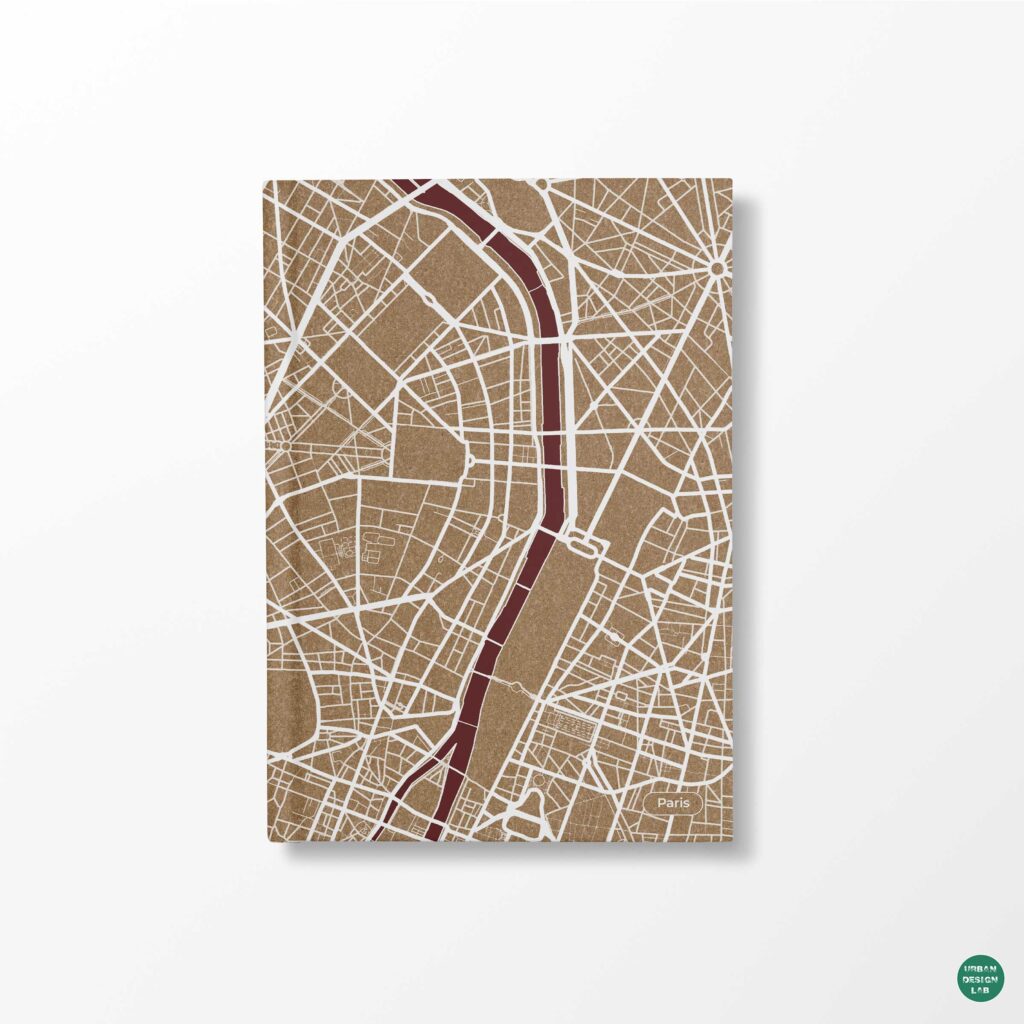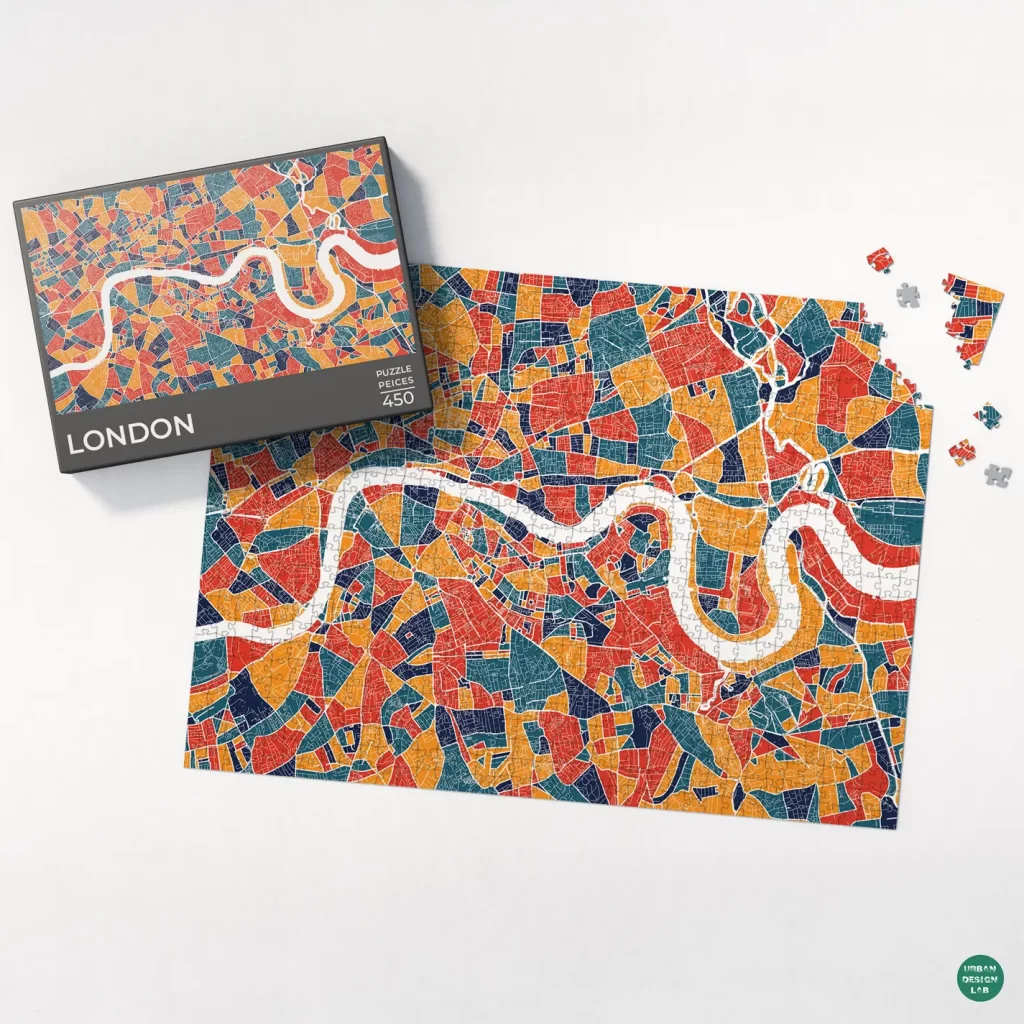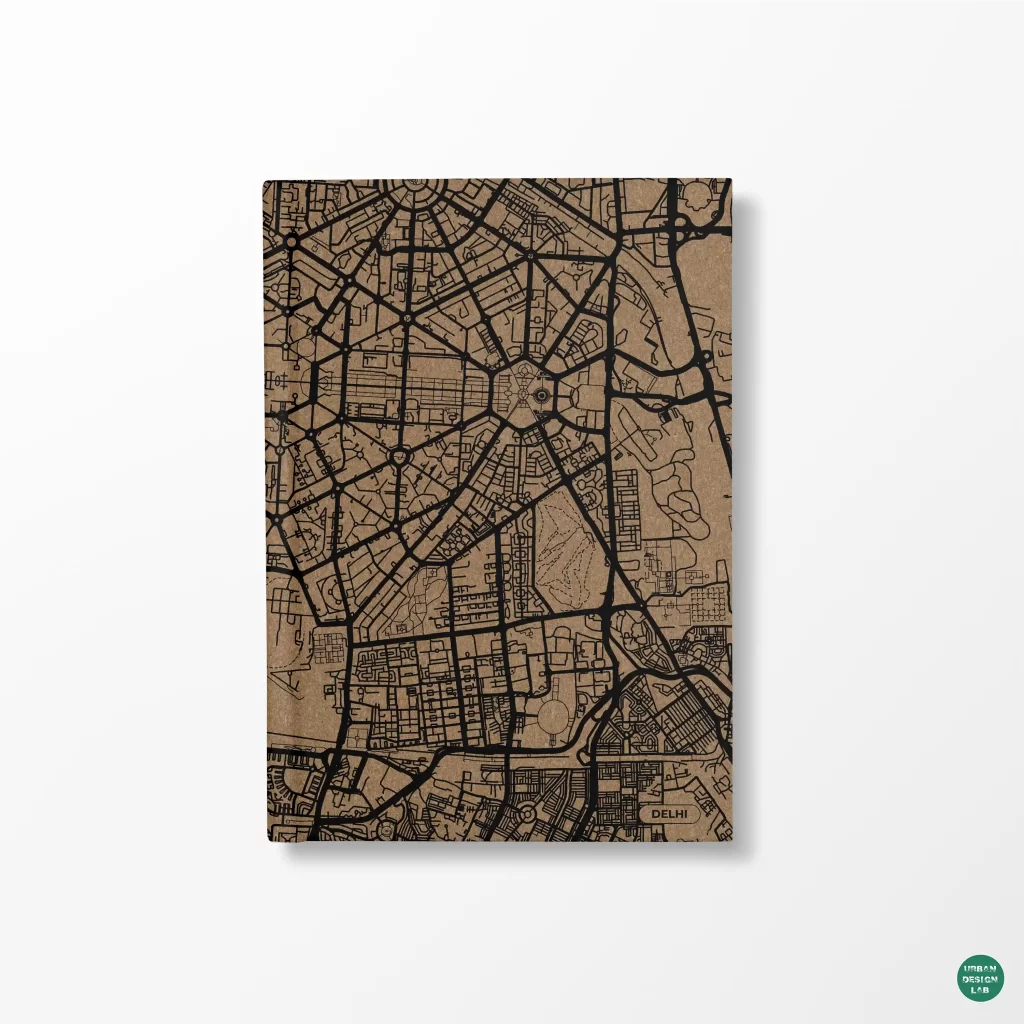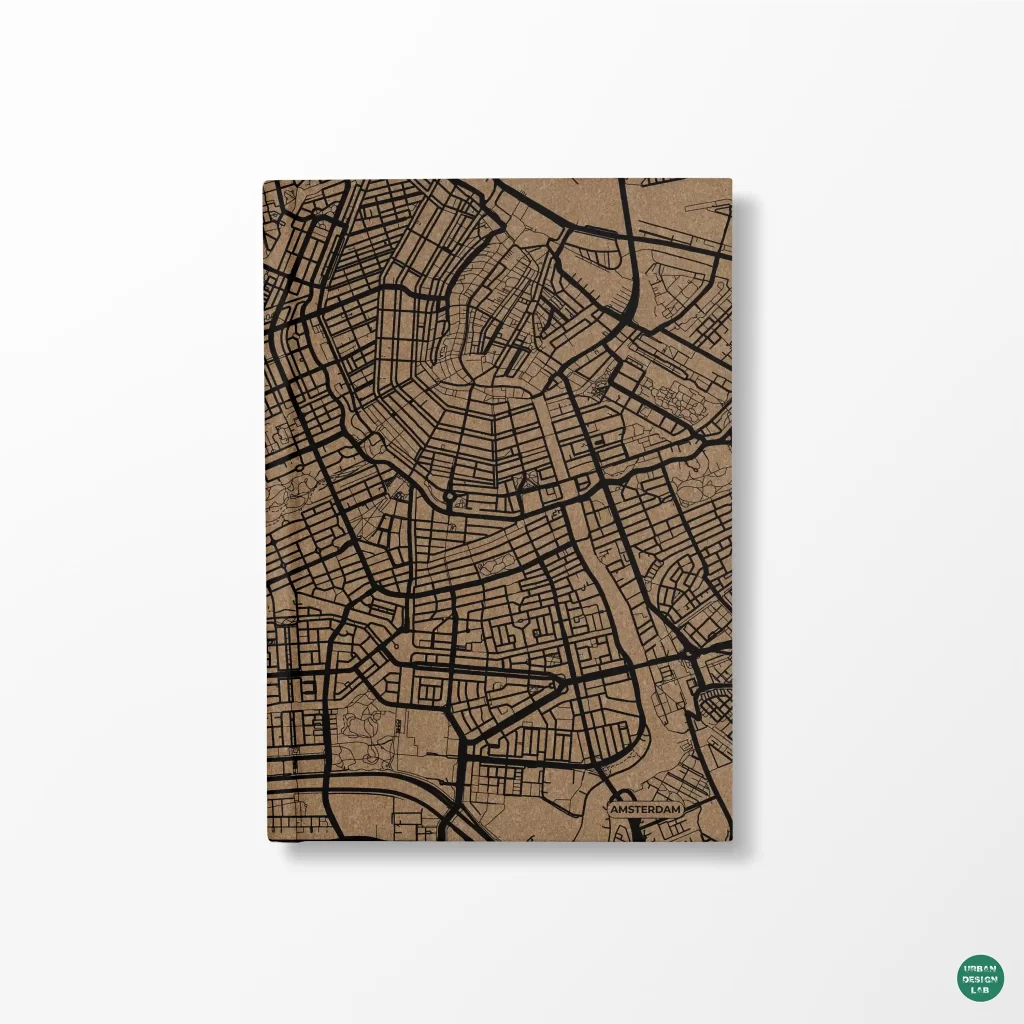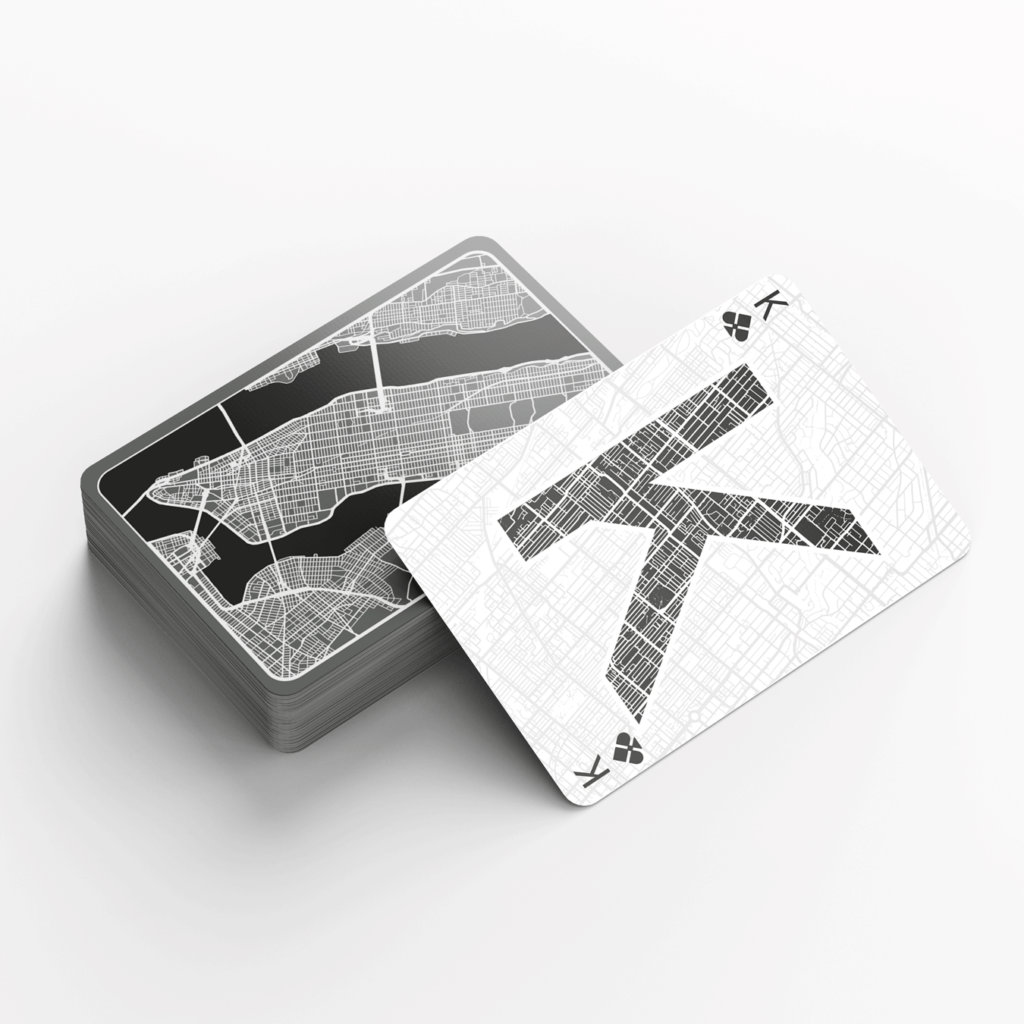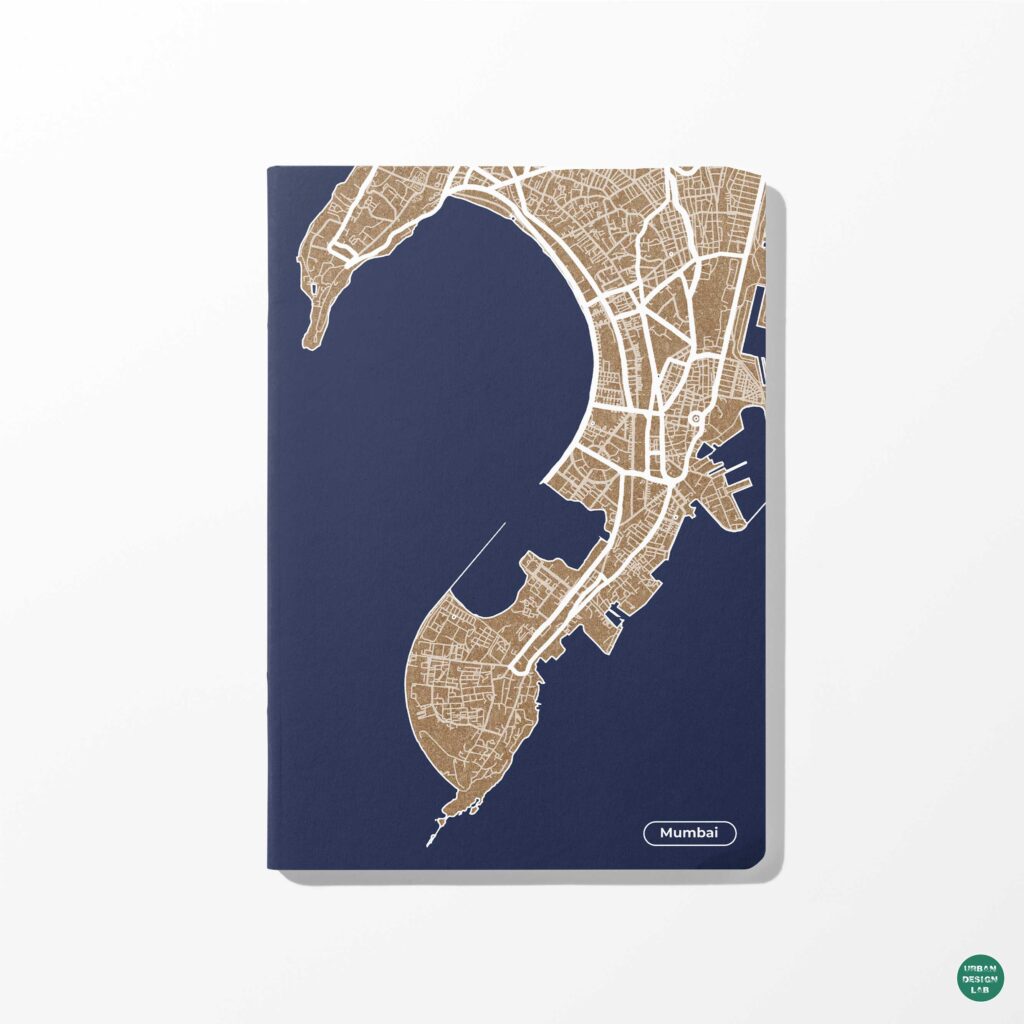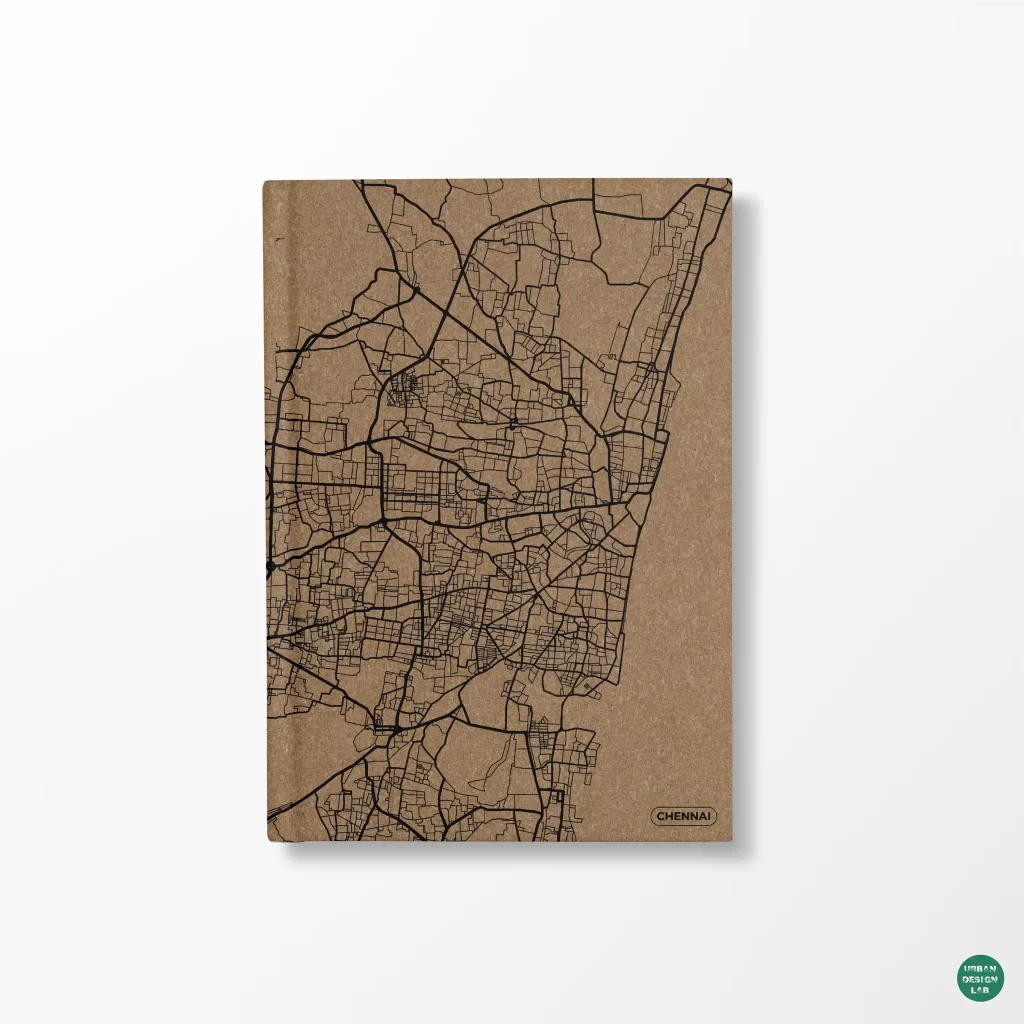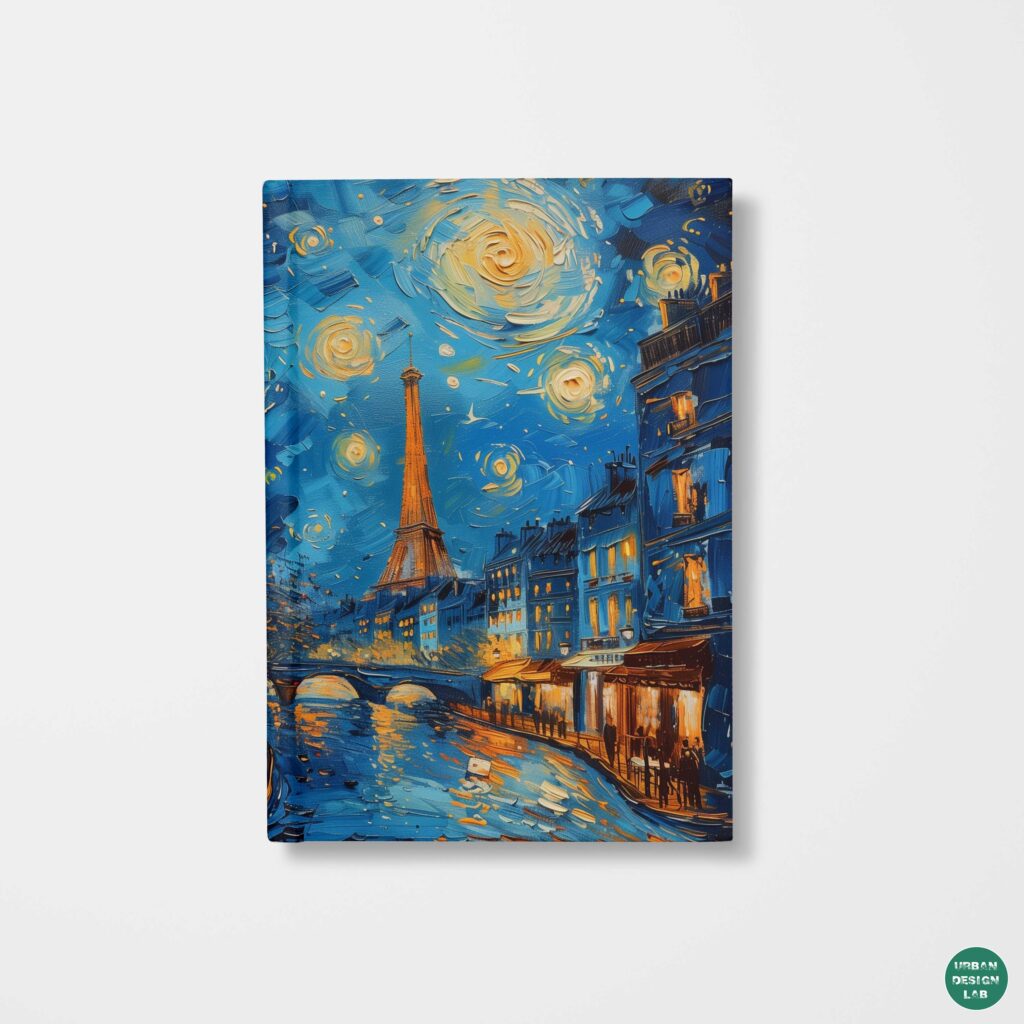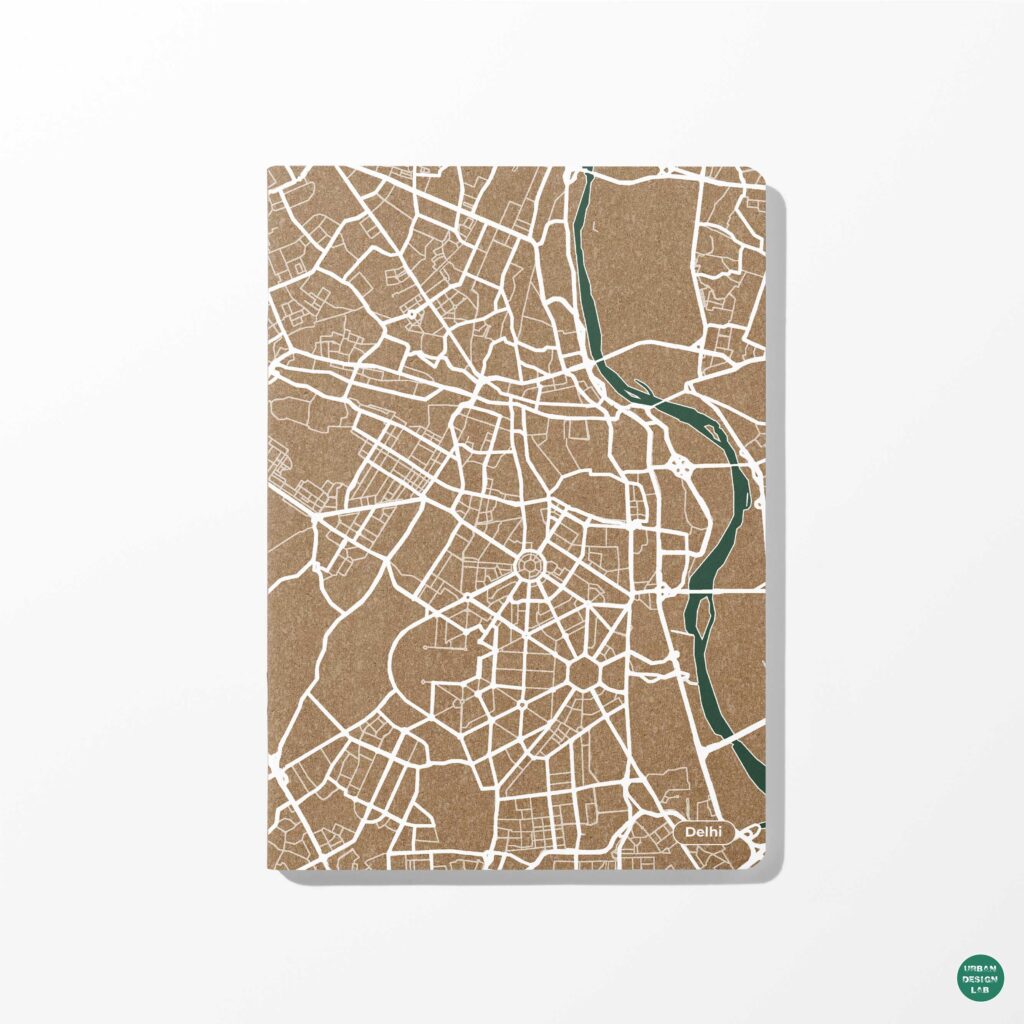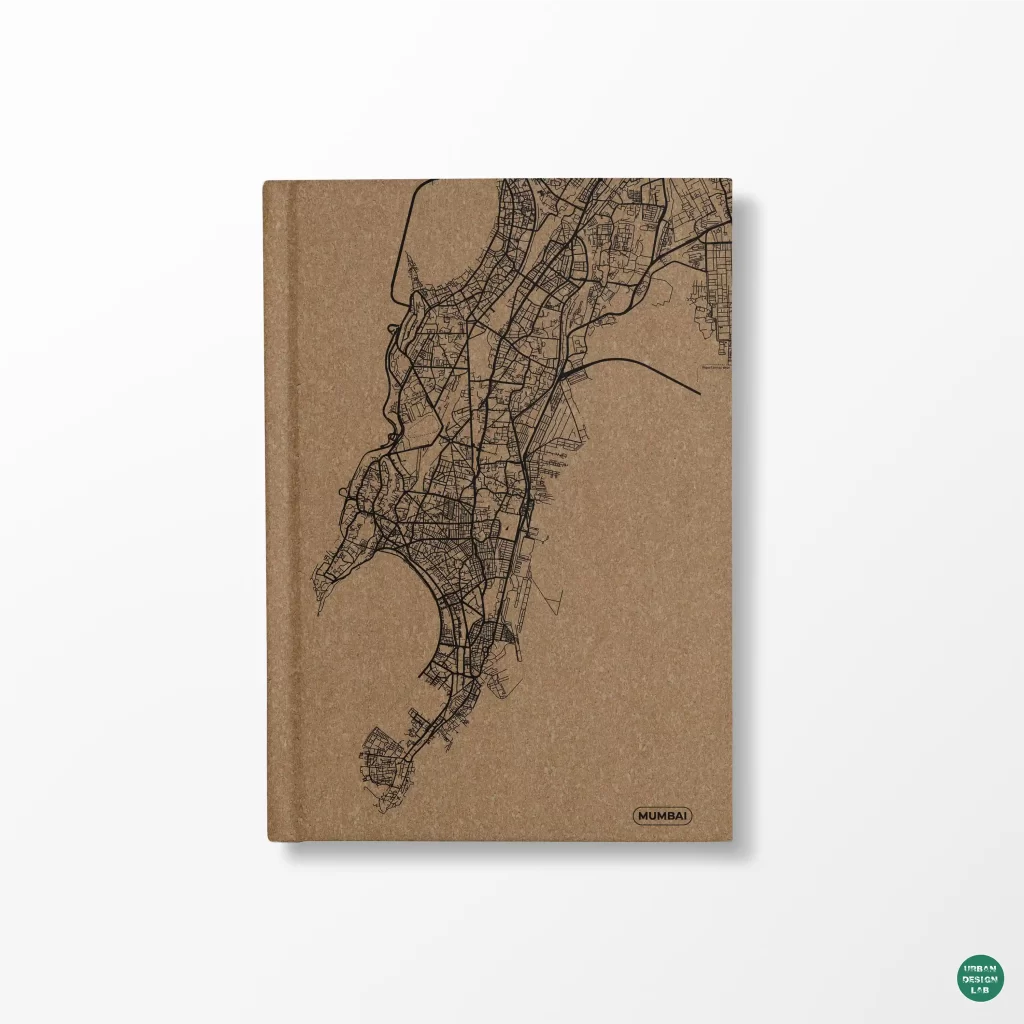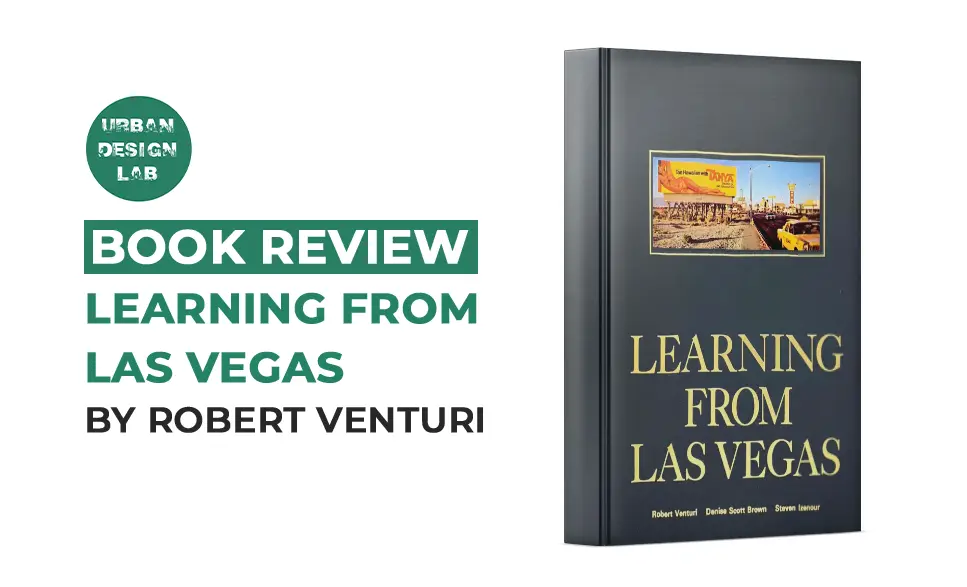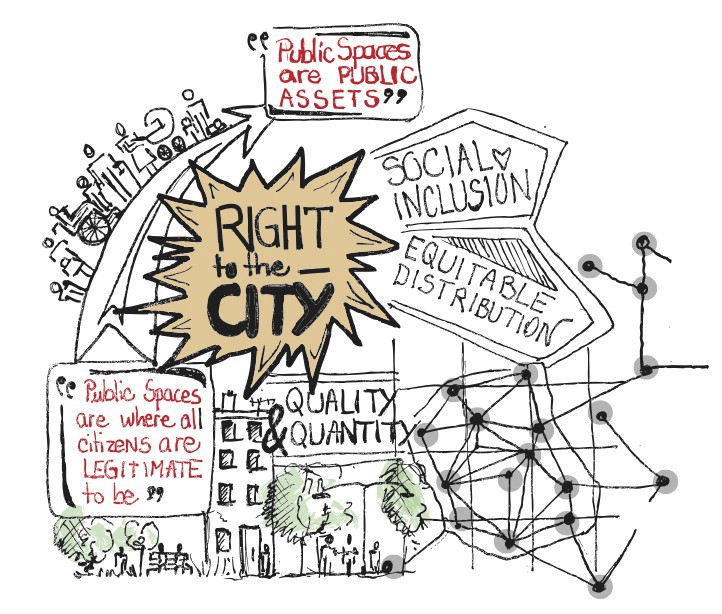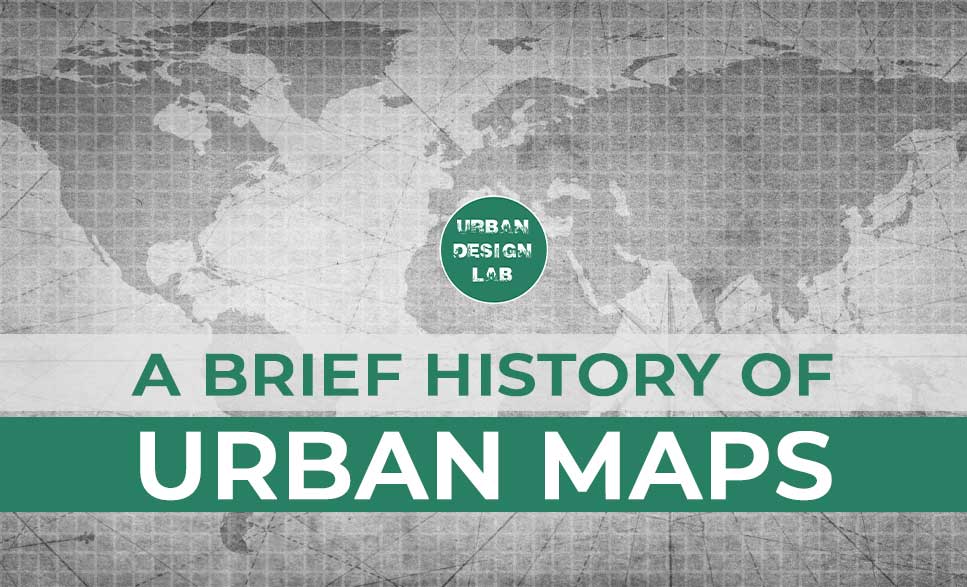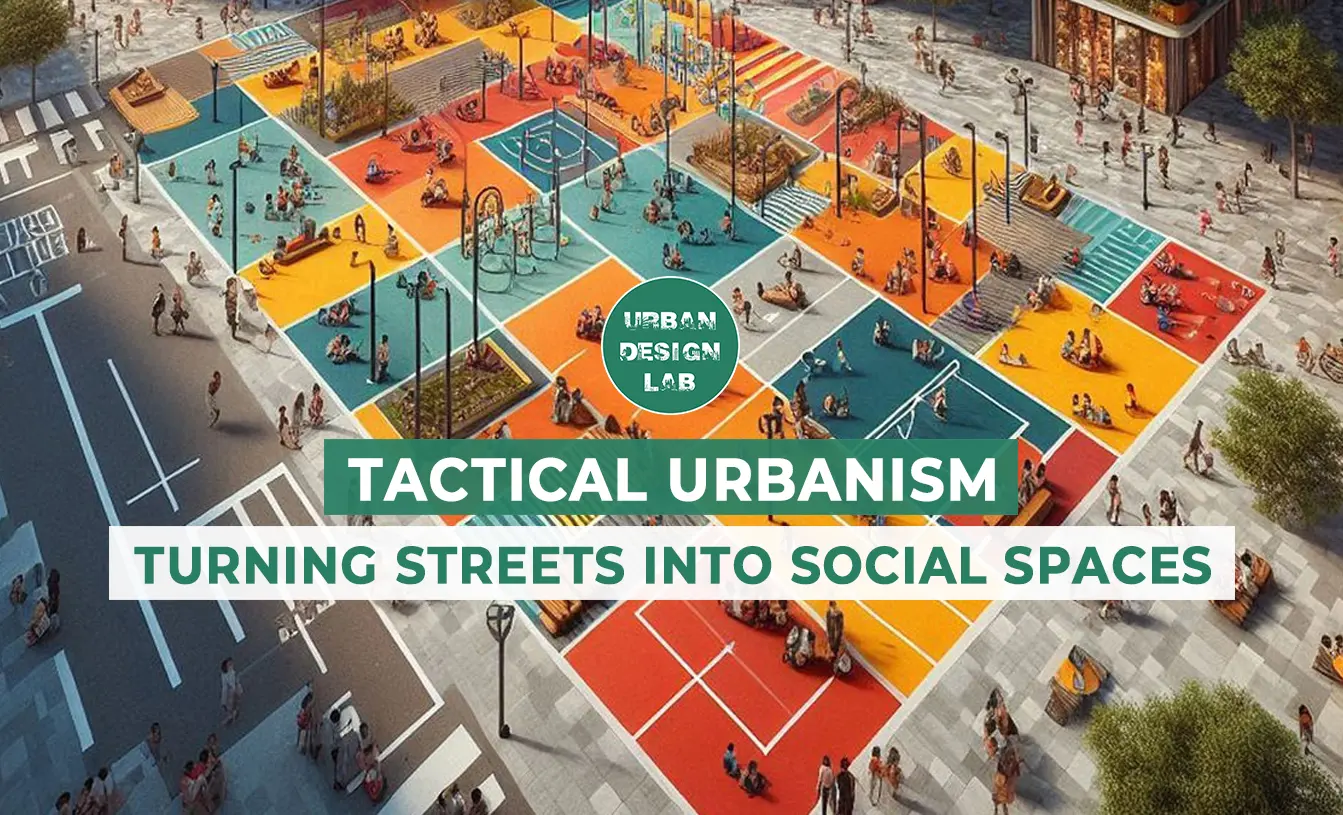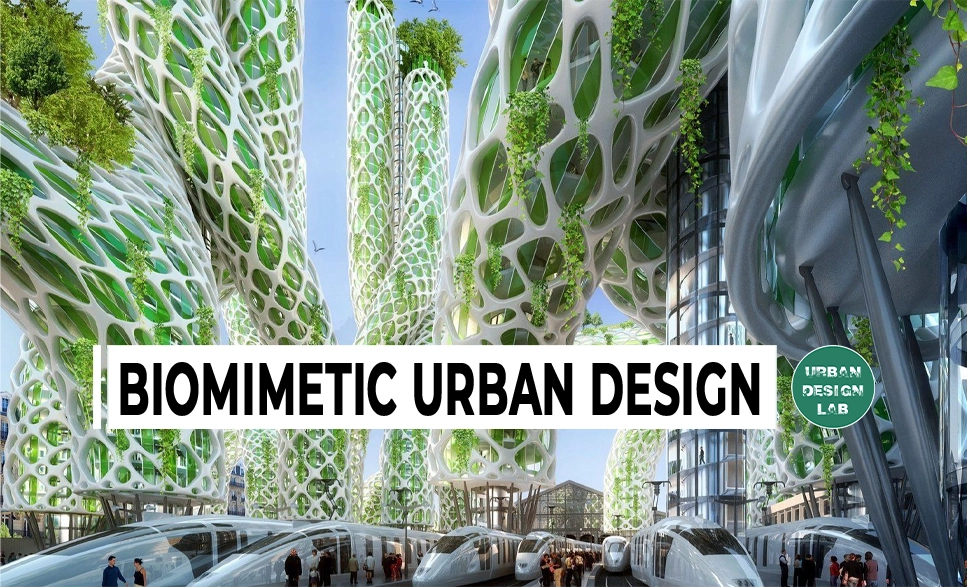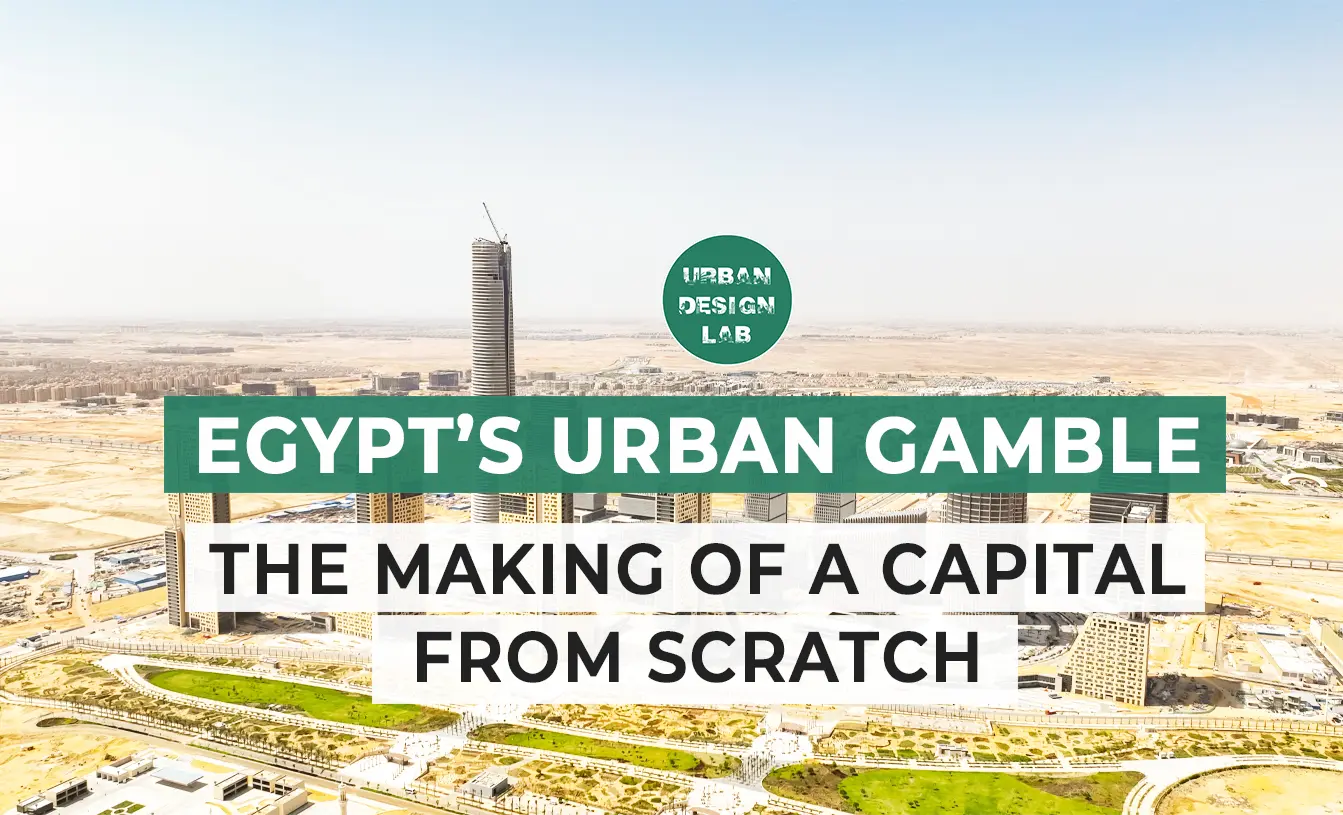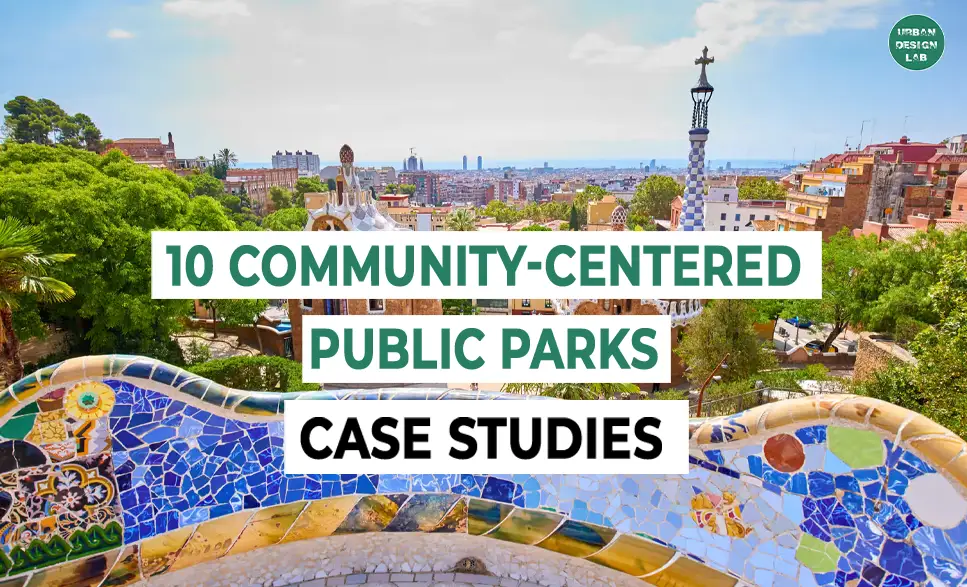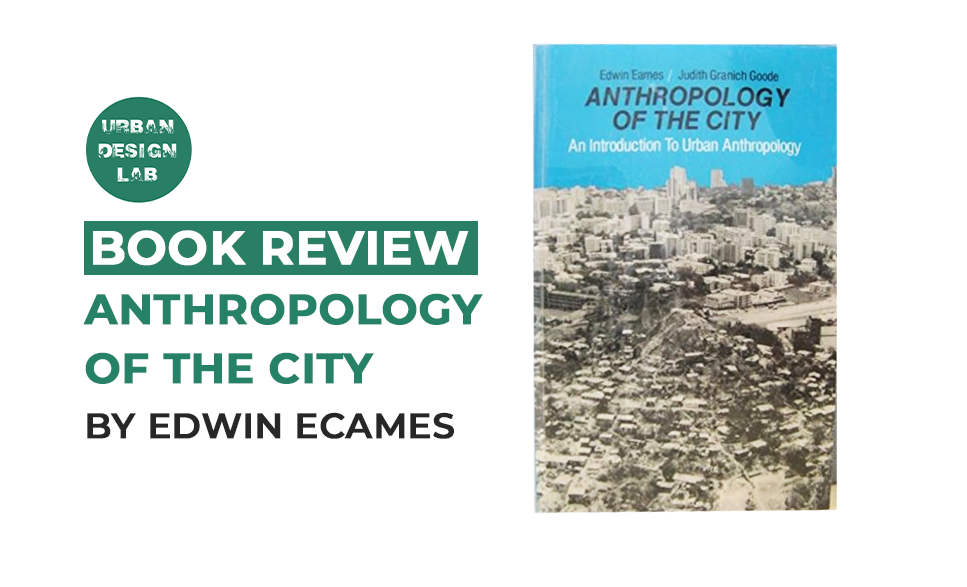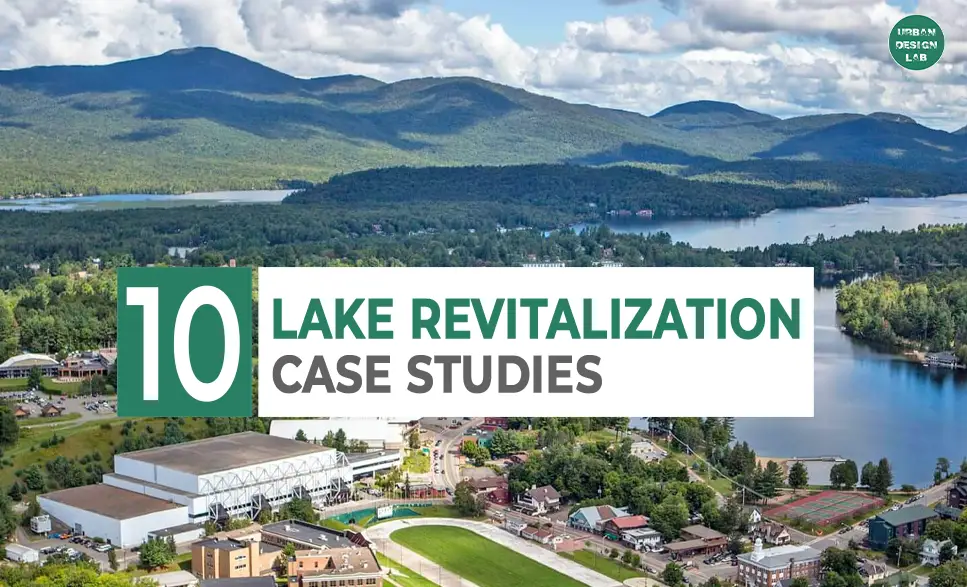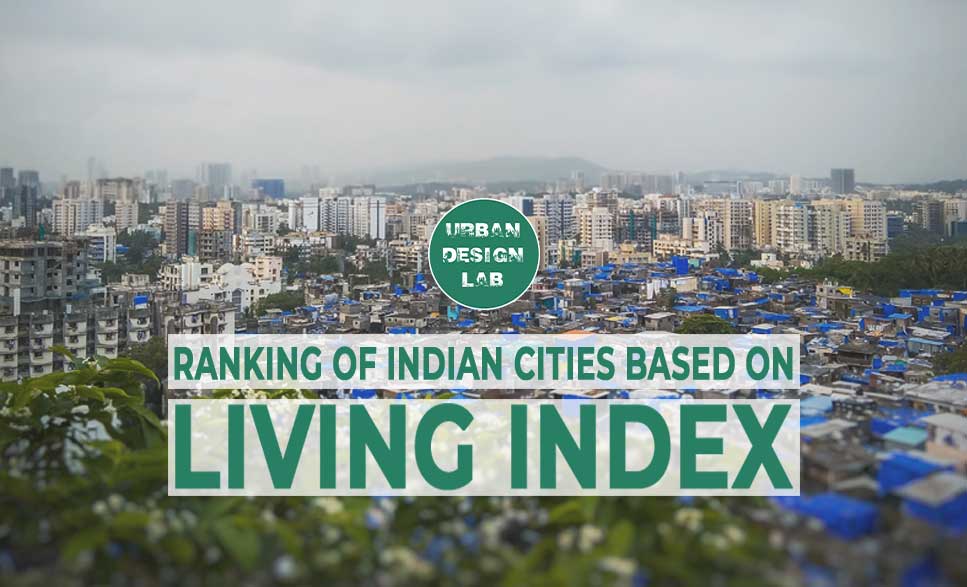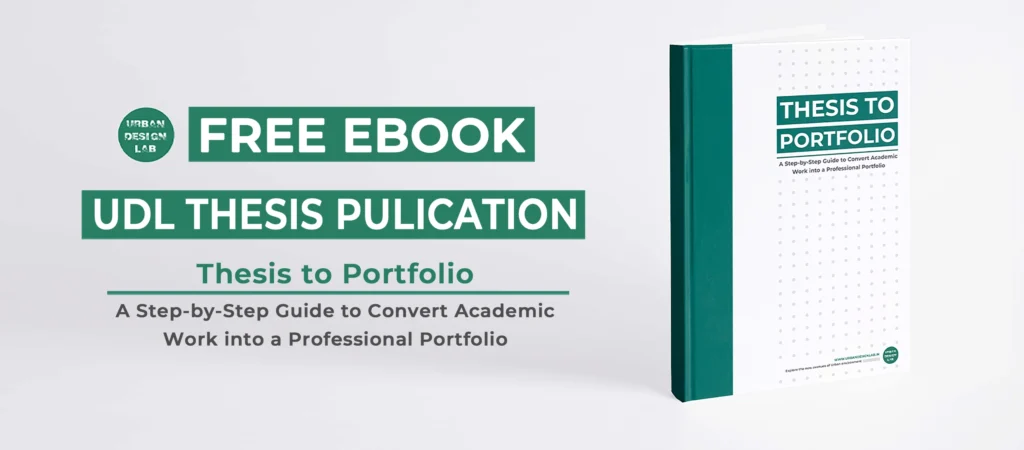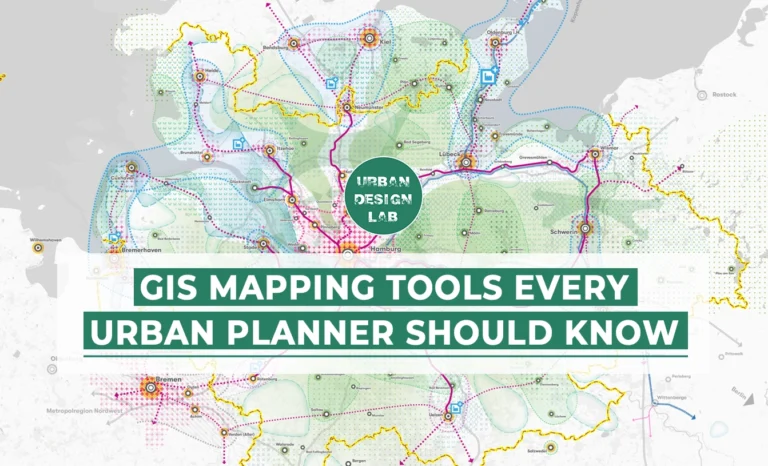
Lucknow Becomes UNESCO City of Gastronomy – What It Means for Urban Design?
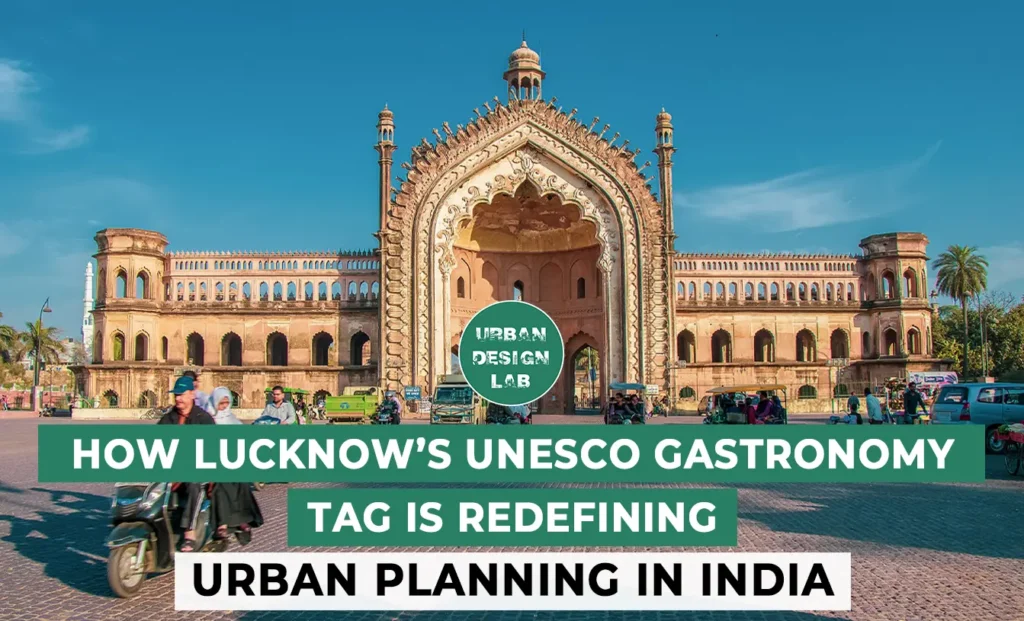
When UNESCO announced on World Cities Day that Lucknow becomes UNESCO City of Gastronomy, most people read it as a celebration of kebabs, biryanis, and the legendary Awadhi tehzeeb.
That is only the surface story.
The deeper story is urban: how a cuisine becomes a city-making force.
Because when Lucknow becomes UNESCO City of Gastronomy, what is really being endorsed is not just food culture, but a spatial, economic, and socio-cultural ecosystem that has shaped the city’s identity for centuries. This recognition validates the idea that culinary heritage is not ornamental—it is infrastructural, and it has always been embedded in the way Lucknow lives, trades, socialises, and remembers.

From Royal Kitchens to Urban Commons: A City Built Through Food
From the perfumed royal kitchens of the Nawabs to the dense food corridors of Chowk and Aminabad, Lucknow has always been a city where cuisine is not merely consumed but spatially enacted. Its kebab stalls, sheermal ovens and chaat counters are more than culinary attractions; they are micro-institutions of urban life, shaping pedestrian flows, social proximities and the very grammar of its streetscapes.
In most Indian heritage cities, architecture holds memory through stone and skyline, but in Lucknow the archive is sensory, temporal and edible – preserved in recipes, oral lineages and the daily theatre of public cooking. This makes its urbanism fundamentally participatory; one does not just view the city, one tastes it into understanding. UNESCO’s new recognition does not simply reward gastronomy; it affirms that food can operate as civic infrastructure, cultural diplomacy and place-making strategy — a reminder that cities are built as much by kitchens and courtyards as by monuments and masterplans.
Gastronomy as Urban Policy: What Now Changes for Lucknow?
Gastronomy has abruptly shifted from a cultural footnote to a full-fledged instrument of urban policy in Lucknow. The UNESCO designation is not a ceremonial badge but an implicit mandate: the city must now treat its food culture as an economic engine, a spatial driver, and a heritage asset. This changes the planning discourse entirely. What was earlier seen as peripheral to “real” urban development—street food zones, culinary clusters, informal vending networks—must now be understood as critical urban infrastructure.
The old binaries collapse under this new lens. Food can no longer be categorised as a tourism accessory; it becomes a primary structuring force of the city’s experience economy. Street vendors can no longer be dismissed as encroachers; they are custodians of intangible heritage operating as micro-architects of public space. Heritage is no longer a matter of conserving domes, gateways, and façades; it extends to cooking techniques, oral histories, spatial rituals of eating, and the socio-ecology of shared kitchens. Tourism itself is redefined—not as a matter of movement, but of immersion, sensorial engagement, and cultural anchoring.
This shift compels the city to reconsider its physical and regulatory environment. Where will food courts evolve into pedestrianised gourmet corridors? How will waste from high-density food zones transition into decentralised biogas or compost systems instead of landfill overflow? What building codes might legitimise and improve the architecture of traditional tandoor shops or kebab stalls? How will mobility planning integrate food streets without sacrificing liveability for congestion?
Lucknow is now required to design its future not just in terms of roads, parks, and transport, but through the anatomy of its foodscape. The city must imagine culinary heritage districts with controlled signage, coordinated waste cycles, daylighting guidelines, street-edge seating, and embedded craft economies. Spatial policy will have to borrow from global precedents like Chengdu’s food boulevards, Parma’s gastronomy trail zoning, or Nagoya’s integration of culinary identity into transit networks.
For architects and urban designers, this is a rare and powerful pivot. Awadhi cuisine is no longer a theme for brochures or hospitality marketing. It is now a legitimate planning variable, one that shapes land-use decisions, heritage frameworks, mobility patterns, and public-realm design. Food has entered the grammar of urban form.
Lucknow is no longer just cooking history. It is being asked to build with it.
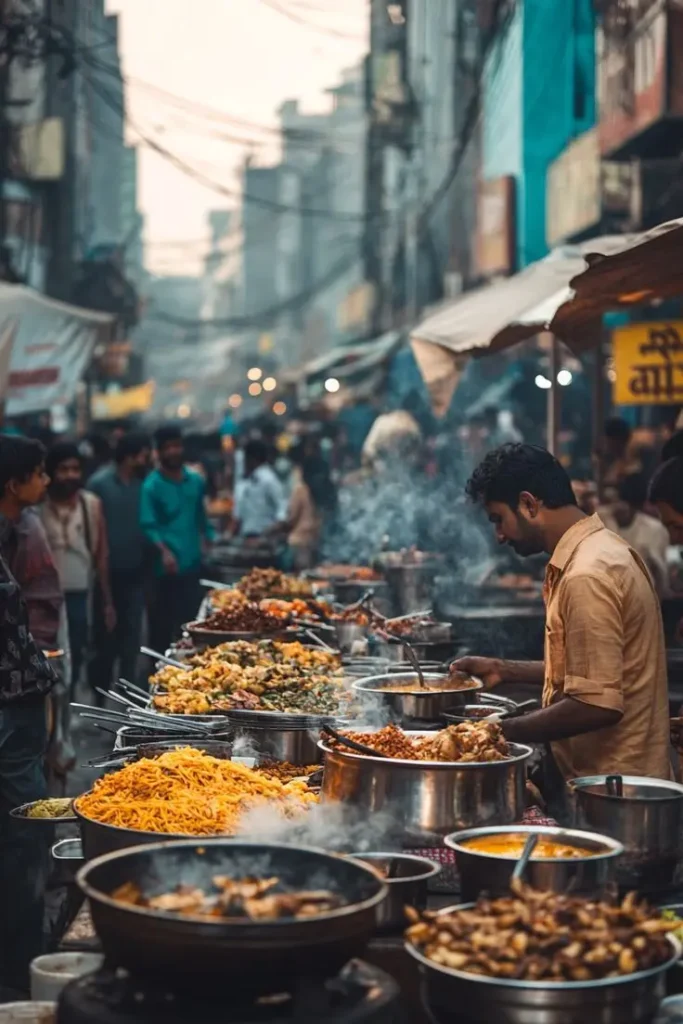
The Sustainability Lens: What Happens to Food Waste, Water, and Energy?
Every time a city becomes a tourism hotspot, two things spike together: revenue and resource stress.
In 2024, Lucknow saw 8.2 million tourists; in the first half of 2025 alone, it hit 7 million.
That curve is about to steepen — which means the city cannot treat food purely as culture; it must also treat it as urban metabolism.
Here is the opportunity (and the warning):
- Zero-waste kitchens and compost loops in heritage food districts
- Biogas plants fed by food scraps from Chowk, Aminabad, and Hazratganj
- Reuse of greywater in street-food clusters
- Branding of “Circular Awadhi Cuisine” as a global model like Copenhagen’s NOMA did for Nordic food
If we fail, Lucknow turns into the next “overtouristed city” — where heritage is celebrated on Instagram and dumped in landfills offline.
Beyond Kebab Nostalgia: A New Urban Imagination for Indian Cities

Lucknow’s win is not just Lucknow’s. It is a signal to every Indian city that culture is now urban currency — not a side note in planning documents.
Hyderabad (gastronomy), Jaipur (crafts), Chennai (music), Varanasi (music), Mumbai (film), and now Lucknow — all point to one truth:
In 21st-century urbanism, cities will compete not on infrastructure alone, but on identity, creativity, and lived experience.
The future belongs to cities that can convert memory into markets, heritage into policy, and culture into circular economy.
Author
Author
Author
Author
Author
Author
Author
Author
Author
Author
Conclusion
References
About the author
Related articles


From Thesis to Portfolio – Free Ebook
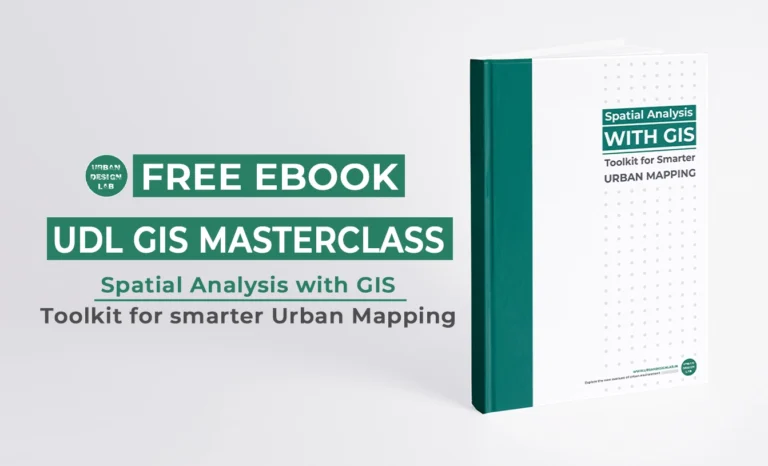
Spatial Analysis with GIS – Free Ebook
UDL GIS
Masterclass
Gis Made Easy- Learn to Map, Analyse and Transform Urban Futures
Session Dates
15th-19th December 2025

Urban Design Lab
Be the part of our Network
Stay updated on workshops, design tools, and calls for collaboration
Curating the best graduate thesis project globally!

Free E-Book
From thesis to Portfolio
A Guide to Convert Academic Work into a Professional Portfolio”
Recent Posts
- Article Posted:
- Article Posted:
- Article Posted:
- Article Posted:
- Article Posted:
- Article Posted:
- Article Posted:
- Article Posted:
- Article Posted:
- Article Posted:
- Article Posted:
- Article Posted:
- Article Posted:
- Article Posted:
- Article Posted:
Sign up for our Newsletter
“Let’s explore the new avenues of Urban environment together “
